Decades ago, someone got locked out of their desk. My name was volunteered as “someone who knows about that sort of thing”. Not sure what that actually says about how my colleagues thought of me!
I had never actually picked a lock at the time, but I had read about how it was done so was game to give it a go. I gathered a selection of screwdrivers, paperclips and small allen keys and set off to see what I could do.
My first experimental jiggle of the lock caused the entire plug to separate from the lock. I used a long screwdriver to turn the catch at the back of the lock and the desk was opened.
This doesn't really count as my first lock picking, but it was a useful experience. A couple of years ago the plug of the front door did the same thing. I didn't have a long screwdriver, but the metal/nail file of my Swiss Army Knife was long enough to reach the back of the lock and open the door.
The reason this story has come to mind is that recently I was once again asked to use my knowledge in an official capacity. An important item was locked in a drawer and the key-holder was home sick. I was asked to get the item, no matter what damage was incurred by the cabinet.
Naturally, I reached for my EDC picks, not having any other tools available. Much to my annoyance, my bogotas and snake-rake had no effect. No feedback from the lock, and I could not feel any pins moving. I managed to open the cabinet by levering the top with a screwdriver. It got the job done with surprisingly little damage.
Personally, I was a little miffed thatI had been unable to pick the lock. On the other hand, I had gained considerable kudos from my colleague and manager that I had managed to retrieve the vital item. A nice example of the positive uses of entry techniques?
The challenge and mystery of this lock remained. Was I simply having an “off-day”? I have done little picking recently, and what little I have done is with familiar locks. The next day I tried by skeleton keys on the lock, suspecting it might be a warded design.
Know Your Enemy
With my colleague recovered, I asked to see the actual key. The lock is a wafer lock, the key with teeth on either side.
I have never knowingly picked a wafer lock. I suspect a couple of locks I have successfully raked have been wafers. General opinion seems to be wafers can be picked the same way as pin-tumbler locks. They supposedly have lower manufacturing tolerances, so should be easier. I have even seen them dismissed as “pickable by paperclips” or as obsolete (although still commonly used).
None of this made me feel any better about being beaten by this lock. When I had the chance, I would try and pick this lock again, and try some of the other tools I have acquired.
As chance would have it, the video channel of ukbumpkeys ran an item on the KLOM Wafer Rake kit, which is available at a very reasonable price. This has just arrived today and is very nice. This has a turning tool, 14 double-sided rakes and a fifteenth tool that looks like a half-diamond. The turning tool has a coated handle and the other tools each have a plastic grip. The tools can be used with the turning tool or on their own like jiggler keys.
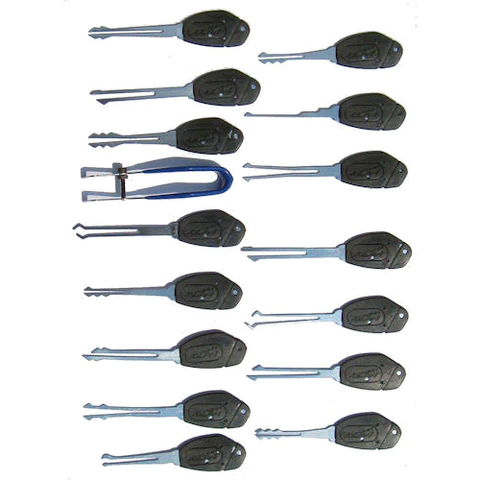
I will let you know how they work on the wafer lock.
Gathering My Forces
While I was enjoying my morning coffee I was looking at other potential solutions to this lock. Several years back I purchased a set of jiggler keys that I had found virtually no use for. What is not made clear on many sites is that jiggler keys are mainly intended for use on wafer locks. Other keyway types tend to include wards that prevent them entering, or worse still, prevent them being removed after.
The cabinet wafer lock is double-sided, which suggested that a full snowman pick might be useful. I had forgotten about it, but my first cheap Chinese lock pick set included a full snowman. (My Serentiy Plus kit included a half-snowman that I had ground down from a full double-ball rake)
Some lock pickers list snake-rakes as their go-to tool for wafer locks. I was tempted by this Rytan Rp-14 tool, but alas, horrendous overcharging for international postage!
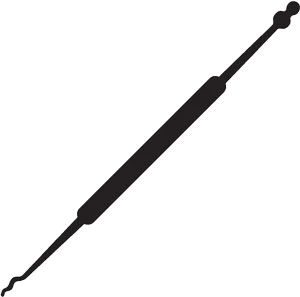
Buyer Beware!
While looking for other ideas, my search engine threw up some surprising results.
One item, described as a “40-piece lock picking set” has the following illustration:
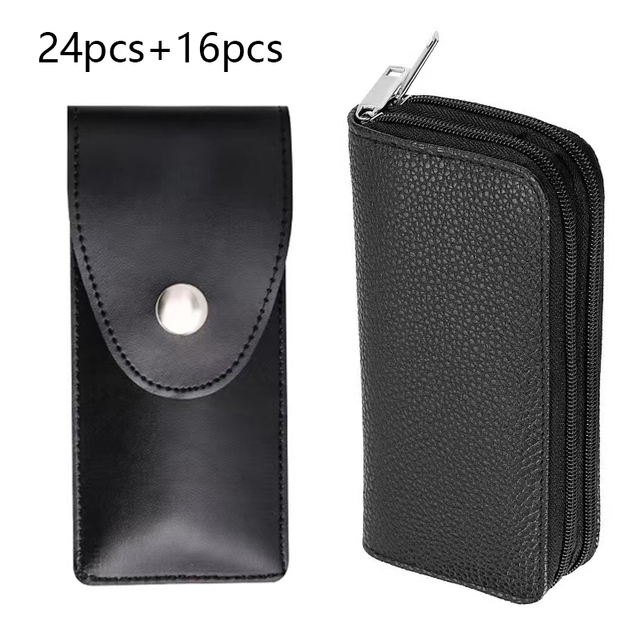
Absolutely no attempt to show or describe what is inside the cases! The closest you get is this photo:
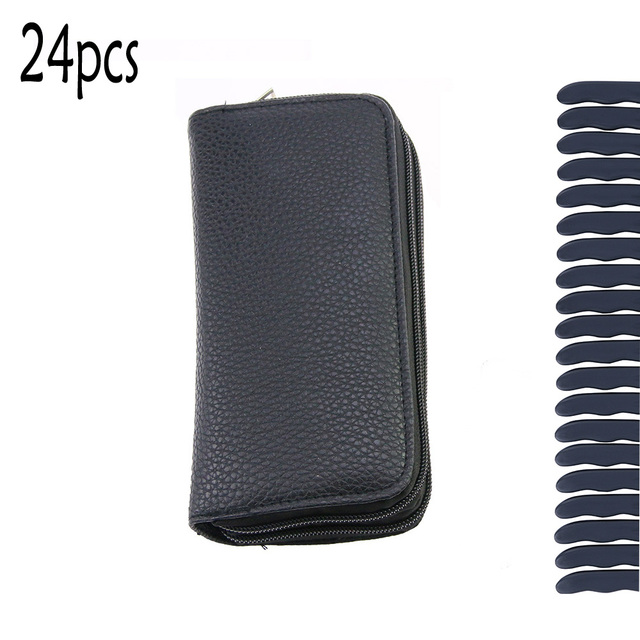
This shows the ends of the picks, but not the ends most lock pickers would be interested in!
Even more worrying was that searching for lock picking kits threw up these as options:
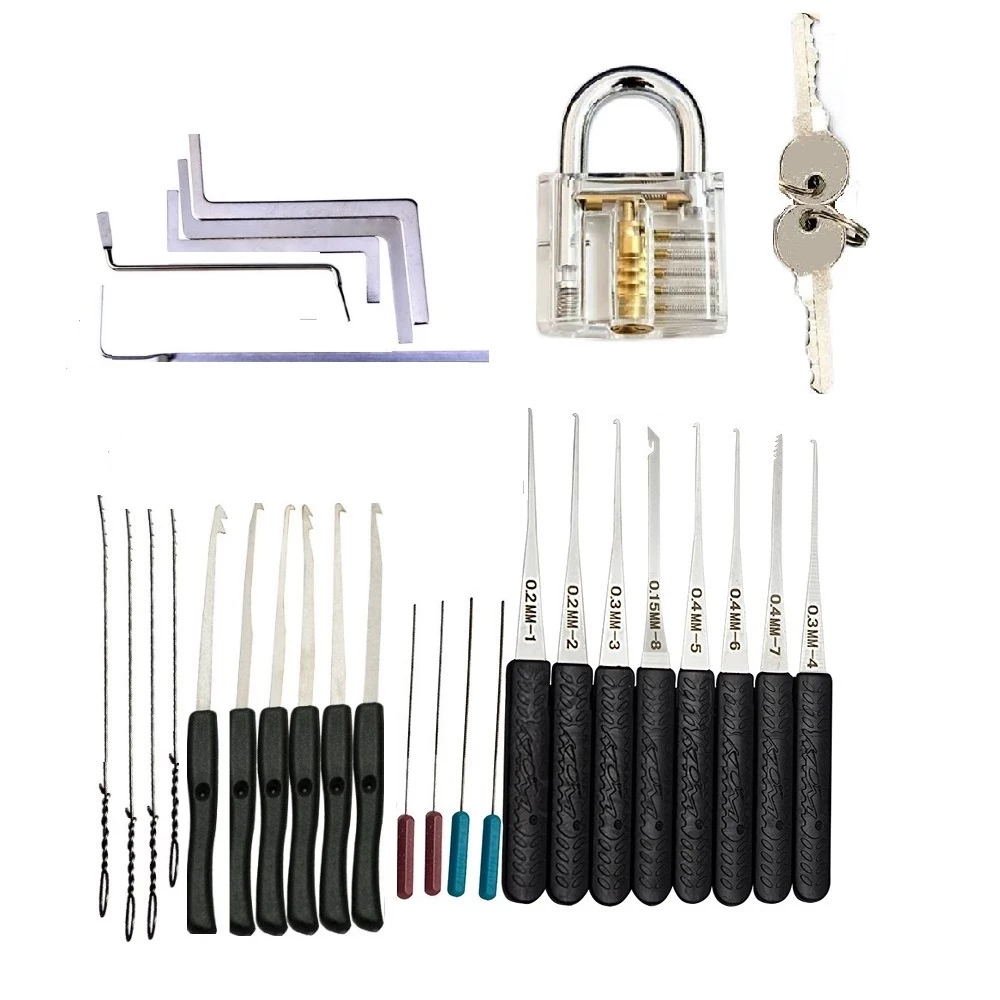
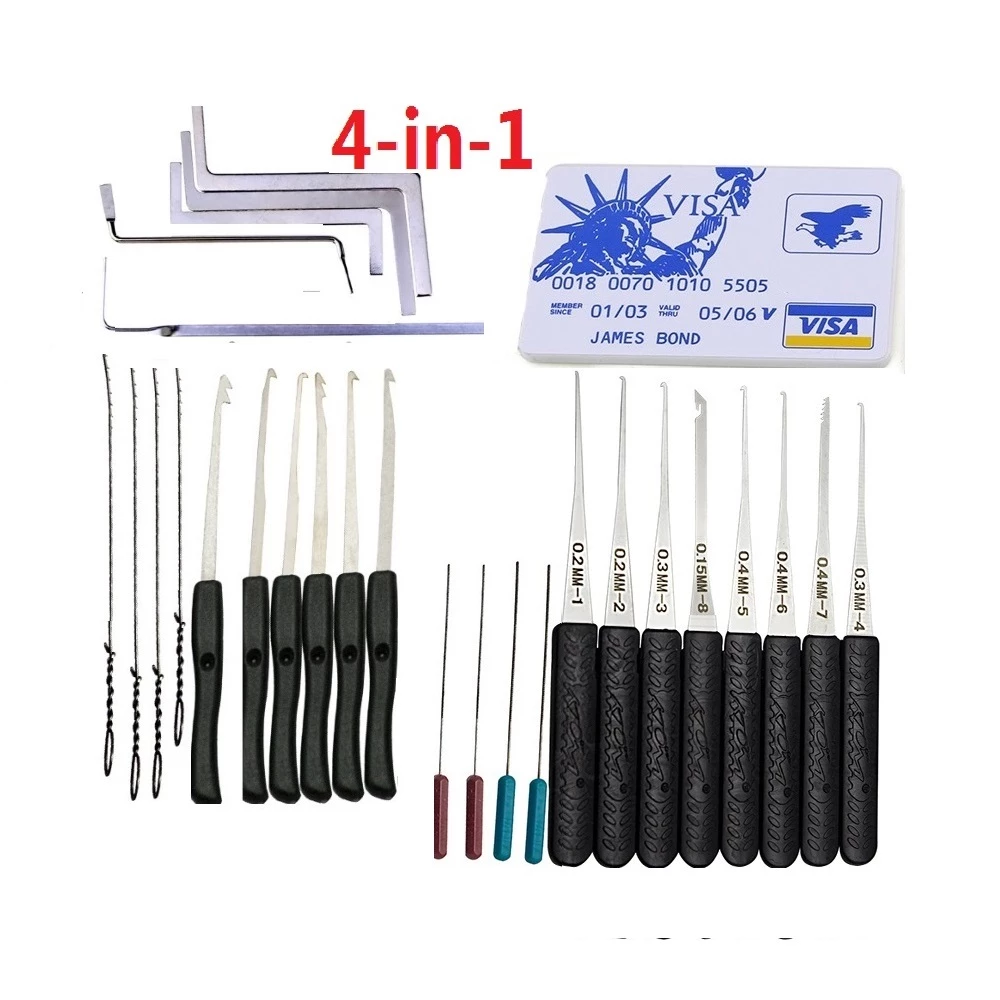
Most of the tools shown in these photos are for key-removal. Admittedly, the description does mention that the set has key-removal tools, but it also mentions lock picks, of which their appear to be none. Just to add to confusion, the set of key-removal tools includes a training padlock and set of turning tools.
The kit in the second photo does include some lock picks, although they are hidden inside the credit-card shaped container. I have several of these credit card kits, and they tend to be variable. The first set that I brought from a UK supplier is actually very nice. Other sets I have since acquired are of lower quality, being poorly finished or made from thick (yet surprisingly tough!) steel. They can be nice picks if you are prepared to put in the time to grind and polish them, but a newcomer to lock picking may not know this.
I have to wonder how many would-be lock pickers buy the above kits and waste hours of their time trying to pick with key-removal tools!